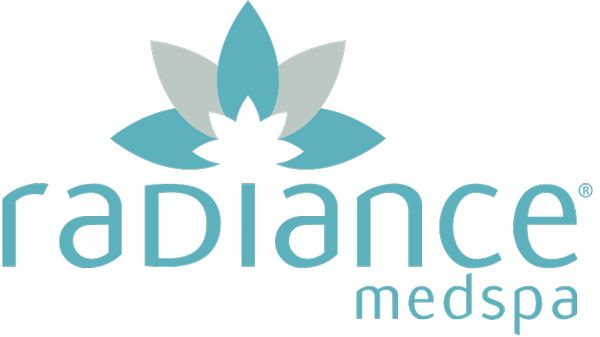![]() Original Article by Elise Minton.
Original Article by Elise Minton.
You may think that all fillers and injectables are interchangeable for one another and they all work the same exact way. But truth be told, you can't inject anything just anywhere. Some have a specific purpose of lifting while others are used primarily to restore lost volume. And, then there are times when you need a little more than what comes in a syringe to really lift your skin back up to where it belongs.
“A number of changes happen to the face as we age. Skin loses its elasticity and begins to sag. The fat pads of the face atrophy or shrink, resulting in a loss of volume. And, the ligaments of the face loosen,” says New York plastic surgeon B. Aviva Preminger, MD. “The result of all of those changes is a loss of cheek fullness, deepening of the smile lines and the formation of jowls.” But how your doctor goes about fixing each one of these age-related issues really depends on the cause of the problem. “In many patients, there is a need for a combination of both lifting and filling,” says Dr. Preminger.
“Rarely will a patient have pure skin laxity as the only age-related problem,” says San Fransisco dermatologist Vic Narurkar, MD. “There are multimodal aspects to aging, which also include reduction in facial fat (temples, midface, marionette areas and upper cutaneous lip), in addition to laxity. Also, there are submental fat, hyperdynamic wrinkles and neck laxity. So often, injectables will complement lifting. We have shifted from 'filling' in the lines to rebalancing the facial compartments.”
One area of the face that almost always needs filling, according to New York facial plastic surgeon Dilip Madnani, MD, is the cheeks, which lose volume. Dr. Madnani says there are a fantastic area to fill because they act as a pillar, holding up the skin. “Once they start to lose volume, our skin starts to sag, producing the beginning of jowling. To address the area, I routinely combine facial fat transfer to volumize the midface and cheek area with a lower facelift or necklift to erase the years.” Other areas that often require filling include the tear troughs, temples, lips, nasolabial folds, marionette lines and superficial lines around the lips and mouth.
However, if there is significantly loose skin, anything that's injected or used noninvasively may not do enough to give you the results you're after.
“Patients who have severe jowling and laxity are better candidates for surgical lifting and then following with fillers or aurologous fat for rebalancing facial fat,” says Dr. Narurkar. “Those who are starting to show deflation but not a great deal of laxity are better for 'lifting' and rebalancing the face with fillers.”
It's important to know that not all treatments will give the same longevity in terms of results. “Surgical facelifts last the longest,” says Dr. Madnani. “If surgery resets your appearance by 10 years, then you will always appear 10 years younger going forward, however you will continue to age from the point of reset. Most people come back for a touch up lift about 8-10 years after the first, and this can vary.”

